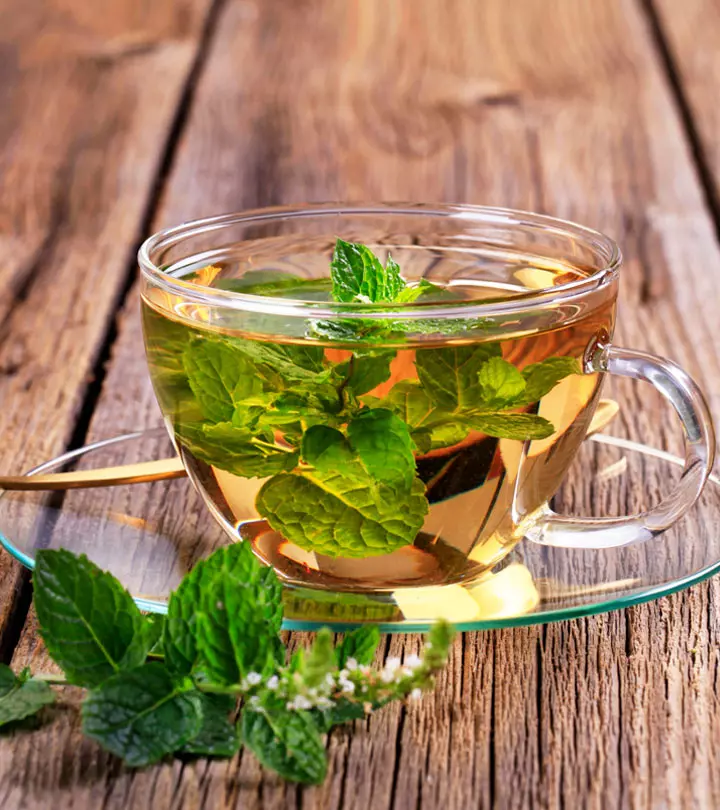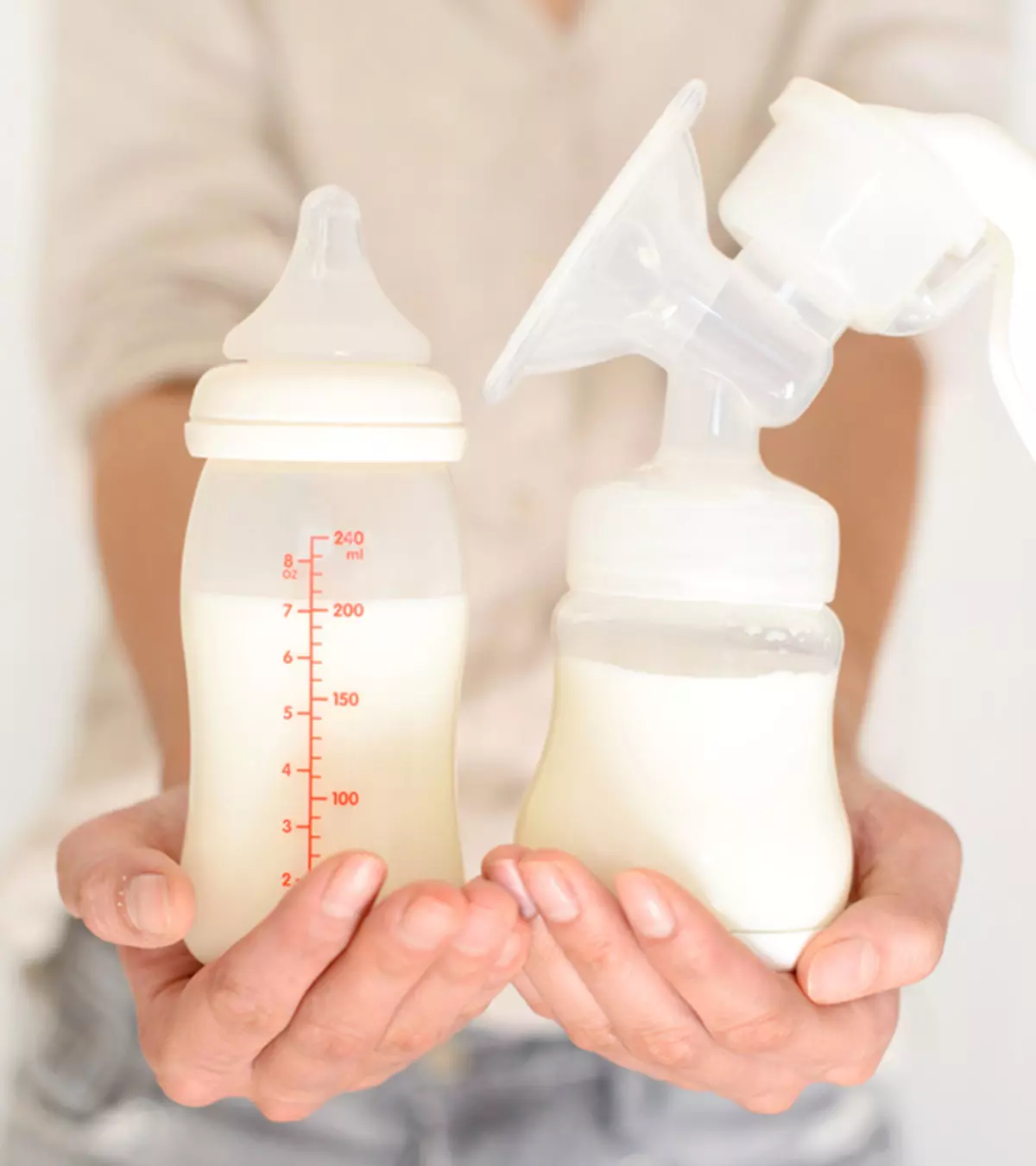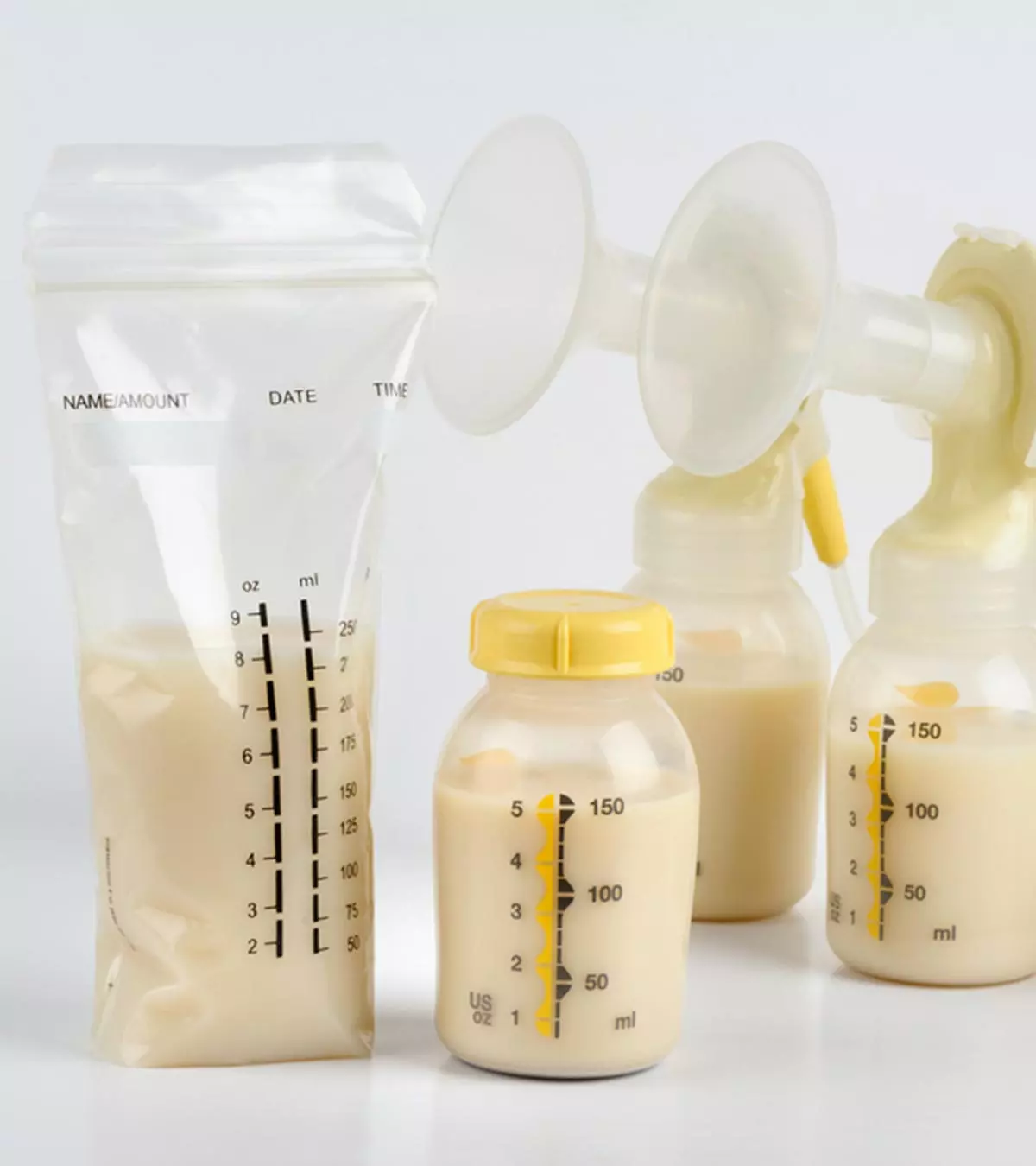MS, CCC-SLP/CLEC/IBCLC

Julie Matheney did her Master's degree in speech-language pathology and has worked on feeding and swallowing disorders for over a decade. As part of a hospital-based rehabilitation team, she works on helping children to feed and swallow. Having worked in the NICU, she discovered her passion for breastfeeding and became an IBCLC in 2017. She transitioned out of the hospital in July 2021 and currently works full-time in private practice as a lactation consultant in Los Angeles. She enjoys helping the whole family in the feeding process to meet their goals. Her husband was instrumental in launching her private practice. She has two young daughters.
MomJunction believes in providing the most accurate content to its readers. Hence we get our articles reviewed by highly skilled experts in the relevant fields. The articles are reviewed to ensure their authenticity, factual correctness, and relevance. The board members also add inputs drawn from their years of experience. Learn more about our expert panel.






